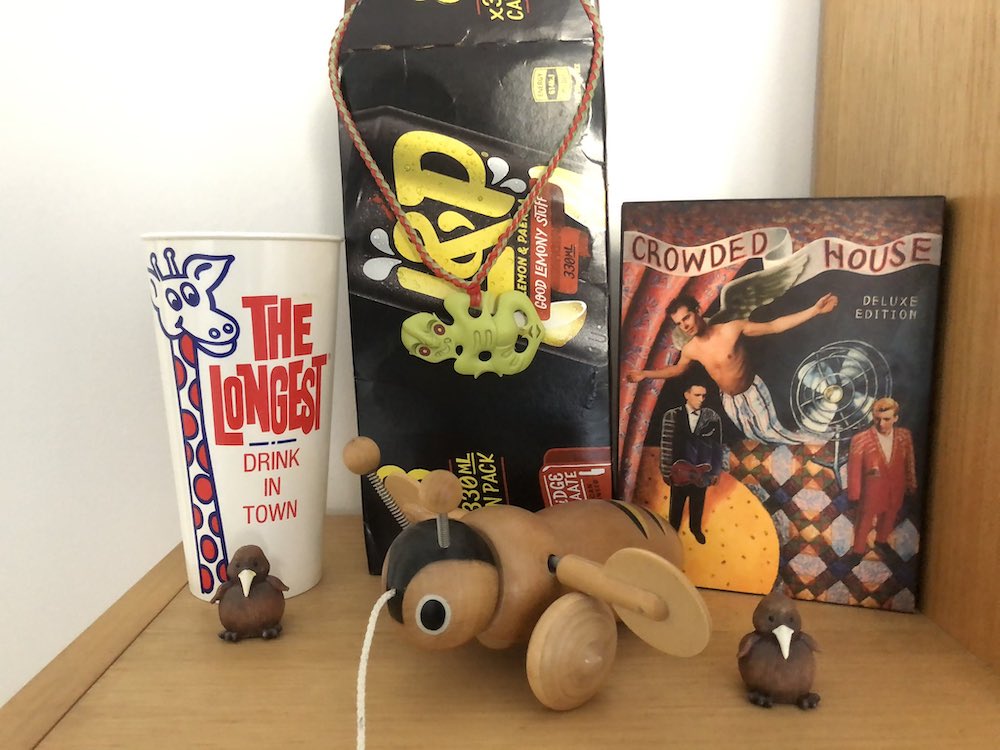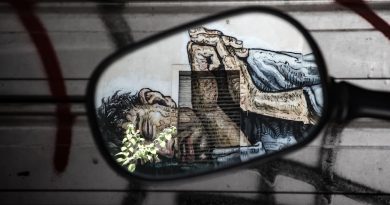How Do Brands Craft National We-ness?
How do brands help shape a popular sense of who ‘we’ are? We asked four JCR experts on the subject, Michael B. Beverland, Giana M. Eckhardt, Sean Sands, Avi Shankar. Here is what they had to say:
Although brands have long been carriers of national identity, with Coca Cola transcending its function to represent America, Vegemite Australia, Hema the Netherlands and so on, can brands actually shape or create a popular sense of who ‘we’ are? The standard explanation from studies on brand culture is that national identities shape brands and limit the options faced by marketers. National identity in contrast is reflected in non-commercial rituals and objects, including artistic movements, appeals to shared values and traditions, shared myths, and so on. However, what if these traditional sources of national identity have broken down, leading the majority of the population to feel a sense of dispossession or displacement?
Drawing on the experience of post-1984 New Zealand, we examine these questions, identifying how brands provided the basis for a resurgent national identity or sense of ‘we-ness’ among the majority Pākehā (New Zealanders of European descent), which subsequently became the basis for the nation’s external brand identity. In identifying how we-ness emerges through brands, we identify an alternative source of populist national identity that connects rather than divides.
So why study New Zealand? Two of the paper’s authors noticed that formerly mundane brands, or what were colloquially called ‘daggy’ brands (which are simultaneously loveable and cringeworthy—embodied brilliantly by popular comedy duo the Flight of the Conchords) were becoming sources of pride amongst locals and leveraged for commercial purposes. This struck us as somewhat strange. Tracing this change in brand status back to the crisis in national identity experienced by the majority of the population that emerged as a result of economic decline, ideological change, and a resurgent indigenous Māori identity, we identified that the ubiquitous, everyday nature of a set of brands (locally known as ‘Kiwiana’) regenerated connective authenticity in ways that other institutions – sport, art, rural life – could not.

How did this occur? We identified a four-phase process model by which national identity or we-ness emerged through brands. These phases were: reification, lumping, splitting, and horizon expansion. Through these processes Kiwis overcame the cultural cringe associated with their own brands (known colloquially as the Crowded House effect) and recreated a sense of shared history, firstly as Pakehā, before expanding this into the collective identity of “New Zealander”. The four processes enabled this identity to move with the times, embrace other cultural groups, provide a point of distinction while embracing globalization, and generated reterritorialized brand campaigns (for local and global brands alike).
In identifying these processes, we paid particular attention to the strategies and actions of brand managers, content creators, and cultural influencers across a range of enduring brands. Through these four stages, these marketplace actors transformed commercial content into cultural icons, reframed historic collective rituals in brand centric ways, offered ways for locals to communicate finer points of authentic insided-ness, and expand to embrace indigenous Māori content before opening up further to include new immigrant groups in the collective identity narrative.
This popular, branded for of national identity, is focused on renewing shared collective history, and enables locals to find their place within the global economy. In contrast to political populism, which creates greater division, cultural branding strategies which feed off of these schisms, and nostalgic retro campaigns which solely reference the past, our model offers an alternative path to popular national identity, albeit one that reinforces the dominance of the popular majority (which allowing for change).
How Brands Craft Nationalism: Lessons from New Zealand, by Michael B. Beverland, Giana M. Eckhardt, Sean Sands, Avi Shankar. Download the paper here.




